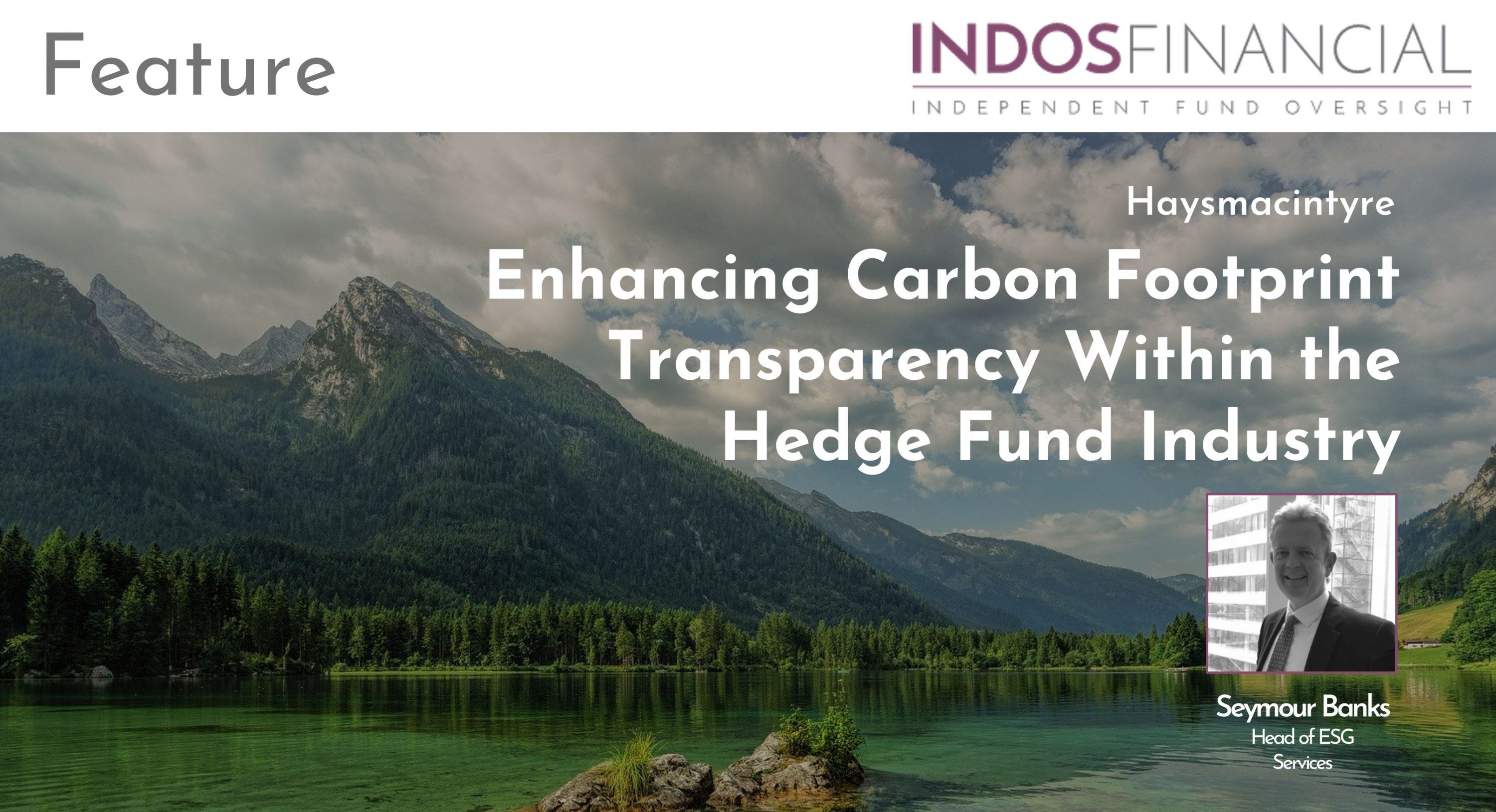The great and the good met at Davos in January but the event will be most widely remembered for the confrontation between Greta Thunberg and President Donald Trump: a dispute that transcended politics (USA vs Europe), gender (male vs female) and age (old vs young). It made for good press and reflected the dominant theme of the conference which was of course climate change.
Every year the World Economic Forum (WEF) releases its Global Risks report highlighting the five biggest risks currently facing the world, broadly split into the following categories – economic, environmental, geopolitical, societal and technological. In previous years, these risk outlooks tended to be quite varied (e.g. WMD, cyber-crime, unemployment, asset price collapse), but in 2020, the list was dominated by environmental risks, chiefly climate change. Financial institutions are taking note.
So how has the investment management industry reacted to the challenges posed by climate change? Slowly is the simple answer. In 2004 the UN started to develop a responsible investment initiative focusing on the importance of environmental, social and governance (ESG) factors. Over 15 years, this initiative has slowly developed momentum paving the way for the establishment of a new ESG analysis industry, evaluating and ranking companies on the basis of their ESG criteria.
Hedge Funds – barring a few notable exceptions – have been criticised for being slow to address ESG. The financial crisis in 2008 did not help as some investments designed to mitigate climate change, for example in renewable energy, went bust as credit for longer term projects dried up.
There is also a cynicism (in part justified) about the ESG rankings developed by various data providers and their ability to predict future price movements. For instance, how can an ESG ranking make sense as it tries to aggregate such different “non-financial” information? In contrast, equity hedge fund managers – in particular activists with concentrated portfolios – argue they have a much better appreciation of the material financial risks related to ESG than the ESG data providers themselves. ESG is an implicit, not explicit part of their decision making.
One of the major advances made by the responsible investment movement has been to encourage companies to disclose their carbon footprints. Enabling this have been initiatives such as the Carbon Disclosure Project (CDP), a private, not for profit organisation launched in 2002. At its inception, there were 35 investors and 245 companies adhering to its reporting guidelines. Since then, that has grown significantly with more than 500 investor signatories (with $100 trillion in supporting assets) and over 8,000 companies disclosing details about their carbon footprints. As a result of this scheme (plus efforts by some ESG data providers), investment managers can now estimate the carbon footprint of their portfolios.
As such, it can be viewed as a simple proxy to the climate risk within the portfolio. Hedge funds who go long and short equities to create a market neutral portfolio could in theory create a carbon neutral portfolio by using the information provided by CDP. By disclosing the carbon footprint of their portfolios, they would also provide transparency to investors around climate risk.
This enhanced transparency would also help change the negative media perception of the hedge fund industry. A few hedge funds are leading the way on governance and climate risk. There is now an opportunity for hedge funds more broadly to join in by disclosing the carbon footprint of their portfolios. By being pro-actively transparent, the hedge fund industry can get ahead of the ESG regulatory curve and start to play a leading role in the fight against climate change.




